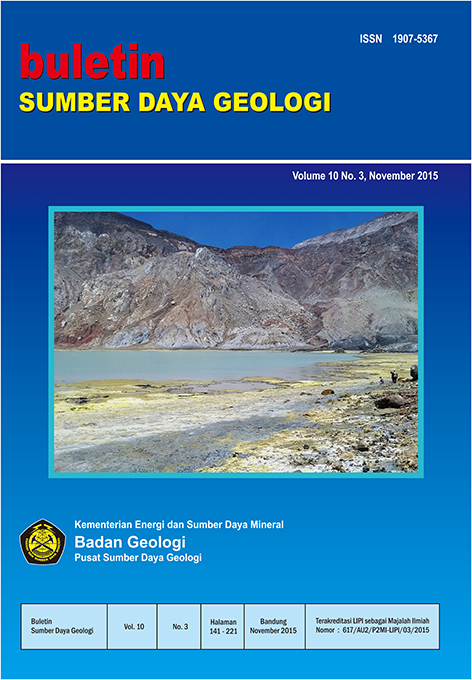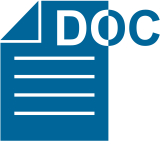BIOLEACHING FOR THE RECOVERY OF METALS PEMISAHAN UNSUR LOGAM DENGAN BIOLEACHING
Abstract
A simple laboratory experiment has been conducted in order to demonstrate the ability of bacteria to leach the metal elements from insoluble ores or solid substrates. The experiment was conducted in a leaching column that was set up using 5 cc syringe that contained 1 cc of glass wool and 3.5cc of mine tailings. The basal salt was used as an inoculation media while mine tailing was used as a leaching subject and a source of bacterial leaching. Bacterial leaching was isolated using the most probable number (MPN) technique. Overall, the results of the experiment showed the capability of bioleaching process to recover metals from the mine tailings.
Downloads
References
Bauer HP, Beckett PHT, Bie SW (1972) A rapid gravimetric method for
estimating calcium carbonate in soils. Plant Soil, 37, 689-690.
Butkute, R (2006) Calcium and magnesium concentrations in the leachate from permanent meadow soils. Grassland Science in Europe, 11, 718-720.
Cochran WG (1950) Estimation of Bacterial Densities by Means of the
"Most Probable Number".Biometrics, 6, 105-116.
Deveci H, Akcil A, Alp I (2003) Parameters for control and optimization of
bioleaching of sulfide minerals. In:Process control and optimization in
Ferrous and Non Ferrous Indusry(eds Kongoli F, Sawamiphad K), Turkey.
Escobar B, Buccicardi S, Morales G,Wiertz J (2010) Biooxidation of ferrous iron and sulphide at low temperatures: Implications on acid mine drainage and bioleaching of sulphide minerals. Hydrometallurgy, 104, 454-458.
Kumar RN, Nagendran R (2007) Influence of initial pH on bioleaching of heavy metals from contaminated soil employing indigenous Acidithiobacillus thiooxidans.Chemosphere, 66, 1775-1781.
Mielke R, ., Pace D, Porter .T, G S (2003,) A critical stage in the formation of acid mine drainage: colonization of pyrite by Acidithiobacillus ferrooxidans under pH-neutral conditions. Geobiology, 1, 81-90.
Olson GJ, Brierley JA, Brierley CL (2003) Bioleaching review part B. Appl
Microbiol Biotechnol, 63, 249-257.
Sand W, Gehrke T, Jozsa P-G, Schippers A (2001) (Bio)chemistry of bacterial leaching—direct vs. indirect bioleaching. Hydrometallurgy, 59,
-175.
Saririchi T, Azad RR, Arabian D, Molaie A, Nemati F (2012) On the optimization of sphalerite bioleaching; the inspection of intermittent irrigation, type of agglomeration, feed formulation and their interactions on the bioleaching of low-grade zinc sulfide ores. Chemical Engineering
Journal, 187, 217-221.
Southam G, Beveridge T (1992) Enumeration of thiobacilli within Hneutral
and acidic mine tailings and their role in the development of secondary mineral soil. Applied and environmental microbiology, 58, 1904-1912.
Copyright (c) 2018 Buletin Sumber Daya Geologi

This work is licensed under a Creative Commons Attribution-NonCommercial-ShareAlike 4.0 International License.
Authors whose manuscripts are published agree to the following terms:
The publication rights of all journal manuscript materials published on the Buletin Sumber Daya Geologi website are held by the editorial board with the knowledge of the author (moral rights remain with the manuscript’s author).
The formal legal provisions for access to digital articles in this electronic journal are subject to the terms of the Creative Commons Attribution-ShareAlike (CC BY-SA) license. This means that Buletin Sumber Daya Geologi has the right to store, convert media/formats, manage in the form of a database, maintain, and publish the article without requesting permission from the author, as long as the author’s name is cited as the copyright holder.
Manuscripts published in both print and electronic formats are open access for educational, research, investigative, and library purposes. Beyond these purposes, the editorial board is not responsible for any violations of copyright law.















